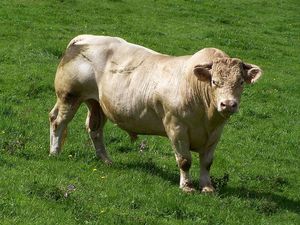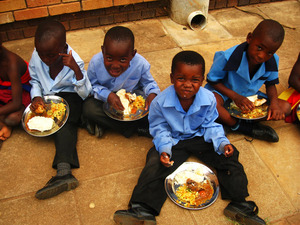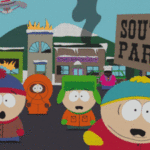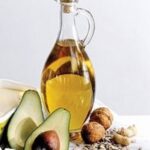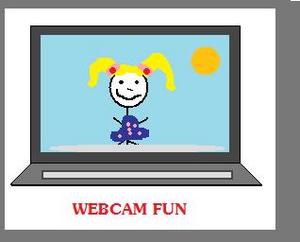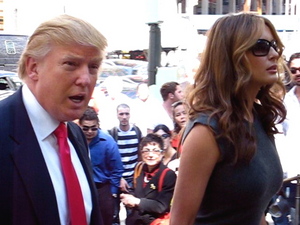I live in rural France where agriculture and breeding animals is highly important to the economy. Although I live in the south, and I’m not in farming myself, I’ve booked to attend the Salon d’Agriculture in Paris in March 2012. The Salon is a vast agricultural show which brings together French farmers, olive oil producers, winemakers, beekeepers and many other people involved in farming in France. Friends have told me it’s a wonderful spectacle and although it’s very commercial these days, with lots of products on sale, it remains a sight worth seeing. Here’s a link to a video which gives you a good idea what the Salon is like.
Recently I was discussing the Salon with friends and one of them, a documentary film producer, mentioned that she’d made a short film at the Salon d’Agriculture some years ago about breeding Charolais cattle. A television company had asked her to look into methods used to breed Charolais bulls and cows, those huge, solid animals which are one of the most popular and expensive beef breeds in France.
With her camera crew, she went to the Salon and spoke to Charolais farmers unsure what she would learn. The farmers explained to her that, to protect the Charolais cows from any hurt during breeding, artificial insemination is routinely used. Charolais bulls are enormous animals and can easily hurt a mate! That’s not the end of the unnatural breeding method however. The farmers went on to explain that once impregnated, the Charolais cows do not remain pregnant. After insemination, the cows’ fertilised eggs are removed from their uteruses by a careful process called lavage or flushing out and they’re then implanted in cows which have a lower commercial value. It sounds like an awful lot of fuss in order to breed a new generation of beef cattle but the method has developed in order to protect farmers’ investment in their expensive Charolais herds. If a Charolais cow (a Charolaise) develops problems in pregnancy, or dies giving birth, then that’s an expensive loss to the farmer. If a less expensive cow dies then profits are not hit so hard. So surrogate mothers are used to give birth to calves which are nonetheless still Charolais.
The last step in the unnatural contemporary breeding method is that the calves, once born, are not fed by their mothers, or even by the surrogates. They’re fed by machine, as is widespread now in sheep and cattle rearing.
Call me an old romantic but it seems a shame that ‘the birds and the bees’ have nothing to do with breeding Charolais any more and that the bulls and cows never even get the chance to flirt! The sperm is withdrawn from the bull, injected into the cow, the fertilised ova are hoicked out and injected into another cow and the calves when they arrive are fed through tubes. It’s about as far as you can get from the idyllic notion of farming in the countryside. But then, breeding cattle is not about idylls – it’s about hard cash and profit.
Sources: personal experience and http://www.salon-agriculture.com/
